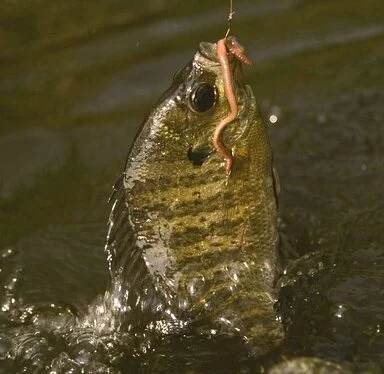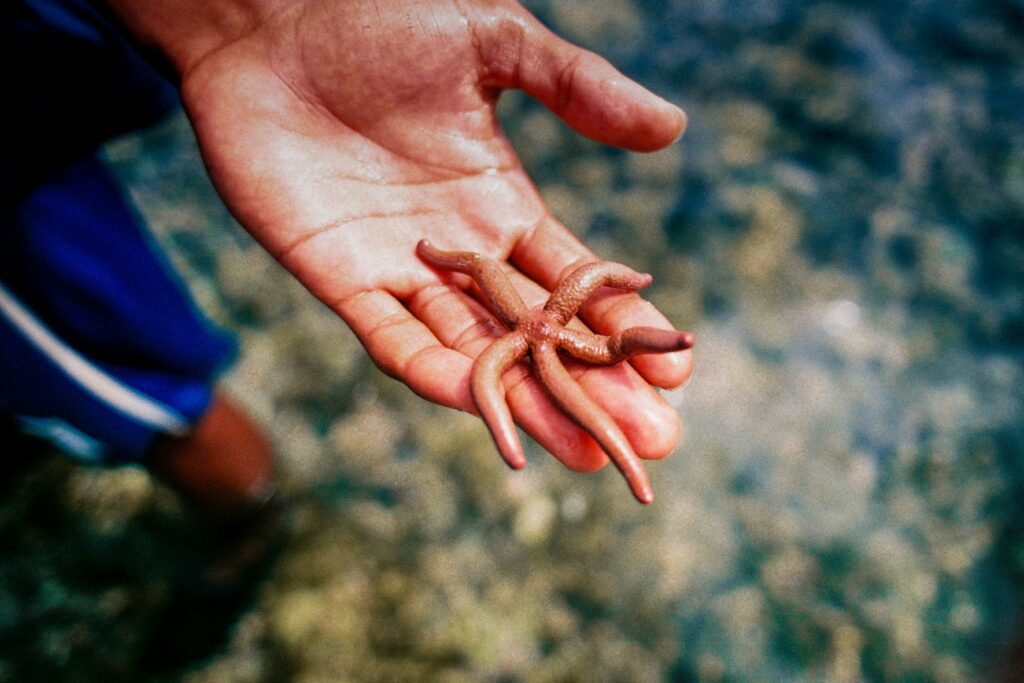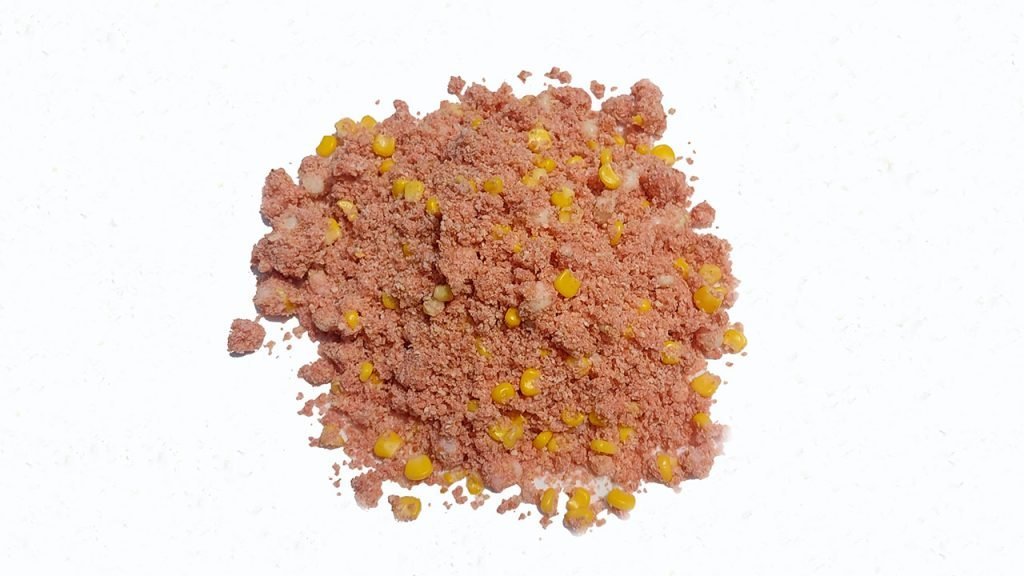How to Catch Bluegill: 6 Powerful Tips for More Fish Every Trip

Bluegill are one of the most popular panfish in North America. They’re feisty, plentiful, and great for anglers of all skill levels. Whether you’re fishing for fun or planning a fish fry, catching bluegill can be both rewarding and enjoyable. Here’s everything you need to know to reel in these scrappy fighters.
1. Understanding Bluegill Habits
One of the key factors in learning how to catch bluegill is understanding where they like to hang out. Bluegill are known for their preference for warm, sheltered waters and areas with plenty of cover. Here are some of the best places to find bluegill:
- Warm, Shallow Waters: Bluegill thrive in ponds, lakes, slow-moving rivers, and streams, especially where water temperatures are higher. Shallow coves and backwaters are particularly productive, especially during spring and early summer.
- Weed Beds and Structure: Bluegill love hiding in dense vegetation, submerged logs, docks, piers, and brush piles. These areas provide shelter from predators and abundant food sources. Cast near lily pads, cattails, and submerged brush for the best results.
- Depth Changes: During spawning, look for drop-offs adjacent to shallow waters. Bluegill often build nests in sandy or gravelly areas with nearby vegetation. Outside of spawning season, they tend to move slightly deeper but stay close to structure.
- Shady Areas: On hot, sunny days, bluegill often seek shade under docks, fallen trees, or dense vegetation. Fishing in these cooler areas can yield better results.
- Creek Inlets and Outlets: Bluegill are drawn to the flowing water of creek mouths and inlets, where the current brings in food and oxygen. Fish these areas where the current meets the still water.
- Clear Water with Vegetation: Bluegill are sight feeders, so clear water with abundant plant life is prime territory. Look for clear, shallow waters where you can spot bluegill schooling or guarding nests.
- Rocky Shorelines: Areas with rocky outcroppings or riprap can also attract bluegill, especially when algae and aquatic insects are present. Cast along the edges where rocks meet open water.
2. Best Time to Catch Bluegill
Knowing the best time to catch bluegill is crucial for maximizing your fishing success. If you’re looking for tips on how to catch bluegill effectively, timing plays a major role. Bluegill are most active during specific parts of the day and throughout certain seasons:

- Spring and Early Summer: During the spawning season, bluegill gather in shallow, warm waters. This is the prime time to catch them as they are aggressively feeding and protecting their nests.
- Early Morning and Late Afternoon: These cooler parts of the day see more feeding activity, making it the best time to catch bluegill.
- Late Summer and Fall: As water temperatures rise, bluegill move to deeper waters. Focus on drop-offs and submerged structures to find them during these periods.
3. Essential Gear for Bluegill Fishing
Having the right gear is crucial when learning how to catch bluegill. Since bluegill are smaller and more cautious than larger game fish, using light and sensitive equipment will significantly improve your chances of success. Here’s what you need:
- Rod and Reel: Choose a light or ultralight spinning combo. This setup provides the sensitivity needed to detect subtle bites and makes battling these feisty fish more enjoyable.
- Line: Use 4-8 lb test monofilament or fluorocarbon line. These lines are nearly invisible underwater and help maintain a natural presentation, which is key when figuring out how to catch bluegill consistently.
- Hooks: Use small, sharp hooks like size 8-12 bait hooks or Aberdeen hooks. Their thin wire is less likely to damage the fish and makes baiting easier.
- Bobbers and Sinkers: A small bobber helps keep your bait at the right depth, while a light split-shot sinker ensures your bait stays suspended without dragging it to the bottom. We recommend slip bobbers which you can find HERE.
(As an Amazon Associate, I earn from qualifying purchases. This helps support our site at no extra cost to you.)
4. Best Baits for Bluegill

One of the most important aspects of learning how to catch bluegill is selecting the right bait. Bluegill are opportunistic feeders, meaning they will go after a variety of natural and artificial options. To increase your chances of success, here are the best baits to use:
- Live Bait: Worms, crickets, waxworms, and mealworms are among the most effective choices. Bluegill are naturally drawn to these small, wriggling insects and larvae. Hooking them lightly on a small hook keeps them lively and appealing.
- Artificial Lures: Soft plastics like grubs, curly tails, and small jigs mimic the movement of insects and small aquatic creatures. Colors like chartreuse, white, and yellow are especially effective.
- Flies: For fly anglers, small poppers, wet flies, and nymphs work well, especially during the spring and summer when insects are abundant.
- Prepared Baits: Dough balls, corn kernels, and small bits of bread can work when bluegill are actively feeding near the surface. These baits are easy to carry and surprisingly effective.
5. Effective Techniques for Catching Bluegill
To truly master how to catch bluegill, it’s essential to know the right fishing techniques. Bluegill are curious and active feeders, so using a variety of methods will help you adapt to their behavior. Here are some of the most effective techniques:
- Bobber Fishing: One of the most popular methods for catching bluegill. Attach a small bobber 1-2 feet above your bait to keep it suspended just above the bottom or within the feeding zone. Watch for any slight movement or dip in the bobber, as bluegill bites can be subtle.
- Jigging: Use small jigs tipped with live bait or soft plastics. Cast near vegetation or submerged structure, and use a slow, vertical jigging motion. This mimics small insects or aquatic life that bluegill naturally feed on.
- Fly Fishing: Bluegill are highly responsive to small poppers, wet flies, and nymphs, especially during warmer months. Use a lightweight fly rod and present the fly near surface disturbances or around shallow cover.
- Drop Shot Rig: Ideal when bluegill are holding closer to the bottom. Use a small hook about a foot above a sinker and tip it with live bait or soft plastics. This setup keeps the bait elevated while staying near the bottom where bluegill often forage.
- Slow Retrieve: Bluegill are not the fastest swimmers, so a slow and steady retrieve works best. Whether using a jig, spinner, or fly, avoid rapid movements that may spook them.
- Chumming: In areas where it’s legal, chumming can attract schools of bluegill. Use small bits of bread, corn, or cut worms to create an enticing feeding zone.
- Tightlining: This method is great for deeper water. Attach a small weight to your line and let the bait sink to the desired depth. Keep the line taut and feel for any subtle bites. This technique works well when bluegill are less active.
6. Tips for Landing More Bluegill
If you want to master how to catch bluegill consistently, it’s important to fine-tune your approach. Even with the right gear and bait, small adjustments can make a big difference. Here are some expert tips to help you land more bluegill:
- Keep it Light: Bluegill are easily spooked, so use a light line and avoid making loud noises.
- Be Patient: If you’re not getting bites, try varying your bait presentation or moving to a new spot.
- Watch the Spawn: During spawning, you’ll see nests in the shallows that look like small craters. These are prime areas to target.
Bluegill fishing is accessible and fun, whether you’re targeting them from the shore, a boat, or even a kayak. With the right gear and techniques, you’ll be landing plenty of these spirited fighters in no time. Keep experimenting with different baits and presentations, and remember to respect local fishing regulations. Don’t forget to get a fishing license before you head out! Check out the Fishing License page to get yours today!
💡Takeaways
- 📌Target shallow cover for more bluegillBluegill love warm, shallow water with structure like weed beds, docks, and brush piles—especially during spring and early summer.
- 📌Time your trips for early or late in the dayBluegill bite best in the early morning and late afternoon. During spawning season, they may feed all day in shallow nests.
- 📌Use light tackle for the best actionUltralight rods, small hooks, and 4–8 lb line make detecting subtle bites easier and give you better control when landing fish.
- 📌Live bait consistently outperforms luresWorms, crickets, and waxworms are the most effective bait for bluegill. Artificial jigs and soft plastics also work when matched to conditions.
- 📌Bobber rigs are beginner-friendly and effectiveA small bobber rig keeps your bait suspended in the strike zone and helps you detect bites fast—perfect for anglers of any skill level.
- 📌Try vertical jigging near structureJigging with small lures or bait near brush, docks, and weed edges can trigger aggressive strikes, especially in deeper water or off drop-offs.
- 📌Stay stealthy to avoid spooking fishBluegill are easily spooked in clear, shallow water. Use light line, quiet movements, and soft casts to stay undetected.
- 📌Flies are highly effective in warm monthsSmall poppers, wet flies, and nymphs mimic insects that bluegill naturally feed on—especially in spring and summer when hatches are active.
FAQ
What is the best bait to catch bluegill?
The best bait for catching bluegill includes live options like worms, crickets, waxworms, and mealworms. Artificial baits such as small jigs, soft plastics, and flies also work well. Bluegill are opportunistic feeders, so offering natural-looking bait usually gets the best results.
Should I use a bobber for bluegill?
Yes, using a bobber is highly effective for bluegill fishing. A small bobber helps keep your bait suspended at the right depth while allowing you to easily detect bites. Position your bobber 1-2 feet above your bait to target bluegill in shallow waters.
Are bluegill top or bottom feeders?
Bluegill are primarily mid-water to top feeders, especially when feeding on insects and small invertebrates. However, they can also feed near the bottom when searching for worms, larvae, or crustaceans. Adjust your bait presentation based on the time of day and water temperature.
What is the best rig for bluegill fishing?
A simple bobber rig with a light line, small hook (size 8-12), and a split-shot sinker works best. You can also use a drop shot rig to keep your bait slightly off the bottom when bluegill are holding deeper. Keep your setup light and sensitive for the best results.
What time of day do bluegill bite best?
Bluegill are most active during the early morning and late afternoon when the water temperature is cooler. They also tend to bite well during overcast conditions. In the spring and early summer, they are especially active during spawning, often biting throughout the day.
How to set up fishing line for bluegill?
To set up your fishing line for bluegill, use a light monofilament line (4-8 lb test). Attach a small bobber about 1-2 feet above a size 8-12 hook. Add a split-shot sinker a few inches above the hook to keep the bait at the desired depth. This setup works well for both live bait and small jigs.


